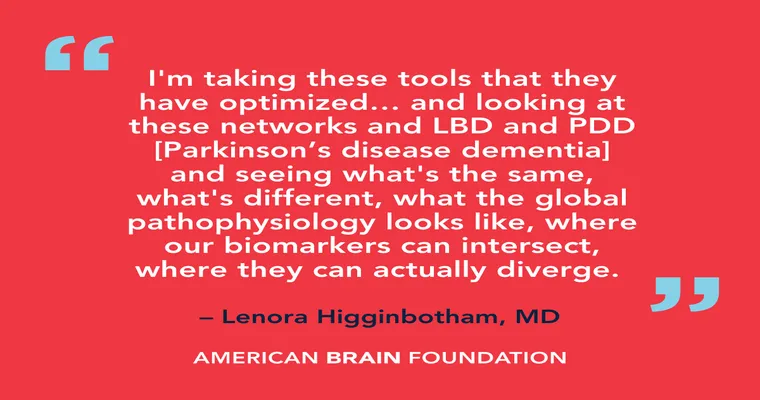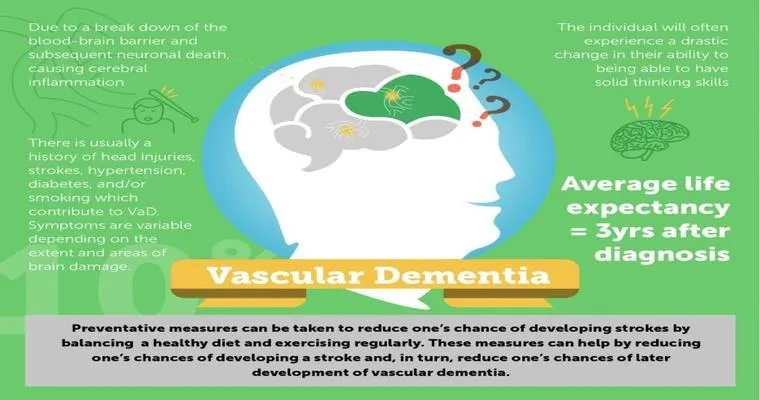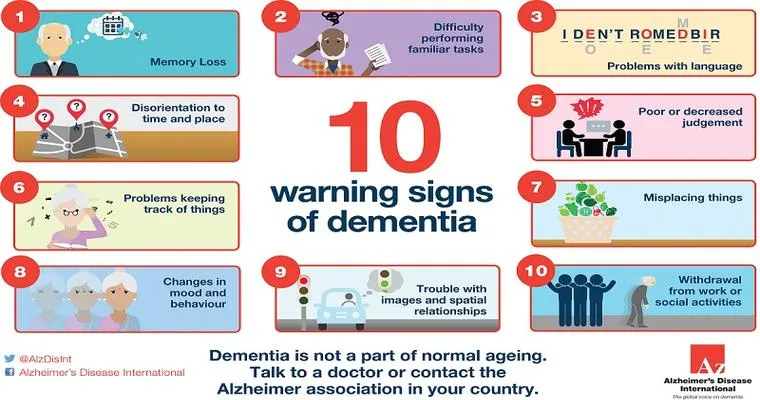If you are seeking information on "Lewy Body Dementia", you are not alone. This complex condition is the second most common type of progressive dementia after Alzheimer’s disease. It is characterized by a buildup of abnormal protein deposits called "Lewy bodies" in the brain, which can lead to a range of cognitive, motor, and behavioral symptoms. Understanding Lewy Body Dementia is crucial for those affected by it, as well as their families and caregivers.
What is Lewy Body Dementia?
Lewy Body Dementia (LBD) is a type of dementia that affects an individual's cognitive functions, behavior, and motor skills. It is primarily caused by the accumulation of "alpha-synuclein" proteins in the brain, forming Lewy bodies. This condition can significantly impact daily life, making it essential to recognize its symptoms and seek appropriate medical advice.
Symptoms of Lewy Body Dementia
Symptoms can vary widely among individuals, but common signs include:
"Cognitive fluctuations": People with LBD often experience unpredictable changes in attention and alertness.
"Visual hallucinations": Many individuals report seeing things that are not there, which can be distressing.
"Parkinsonism": Symptoms similar to Parkinson's disease, such as tremors, rigidity, and difficulty with movement, are prevalent.
"Sleep disturbances": REM sleep behavior disorder, where individuals act out their dreams, is frequently reported.
"Depression and anxiety": Emotional changes can occur, affecting overall quality of life.
Diagnosis of Lewy Body Dementia
Diagnosing Lewy Body Dementia can be challenging, as its symptoms overlap with other neurological disorders. A thorough evaluation typically involves:
"Medical history": A detailed history of symptoms and family medical background.
"Neurological examination": A physical exam to assess movement, balance, and cognitive function.
"Imaging tests": MRI or CT scans may be used to rule out other conditions, although no definitive test exists for LBD.
Treatment Options
While there is currently no cure for Lewy Body Dementia, treatment focuses on managing symptoms. Options may include:
"Medications": Certain medications can help alleviate cognitive symptoms, while others may address Parkinson-like symptoms.
"Therapies": Occupational and physical therapy can assist individuals in maintaining their independence and improving their quality of life.
"Supportive care": Engaging with support groups and counseling services can provide emotional support for both patients and caregivers.
Living with Lewy Body Dementia
Living with Lewy Body Dementia can be challenging, but understanding the condition is the first step towards managing it effectively. Education about the disease can empower patients and their families, helping them navigate the complexities of this condition. Creating a supportive environment, maintaining routines, and engaging in meaningful activities can greatly enhance the quality of life for those affected by LBD.
Conclusion
If you are looking for information on Lewy Body Dementia, it is essential to gather knowledge about its symptoms, diagnosis, and treatment options. This understanding can help you or your loved ones cope with the challenges posed by this condition. If you suspect that you or someone you care about may be experiencing symptoms of Lewy Body Dementia, consult a healthcare professional for a proper assessment and guidance. Remember, early intervention can make a significant difference in managing this complex disorder.





